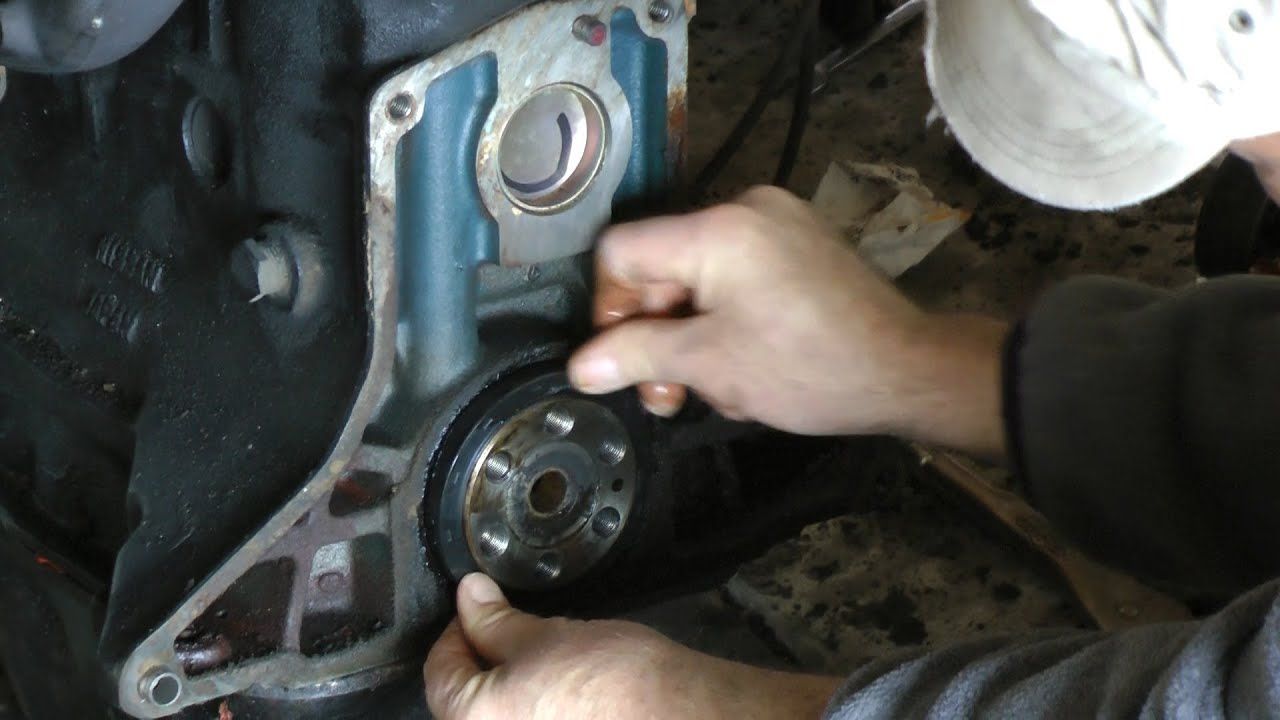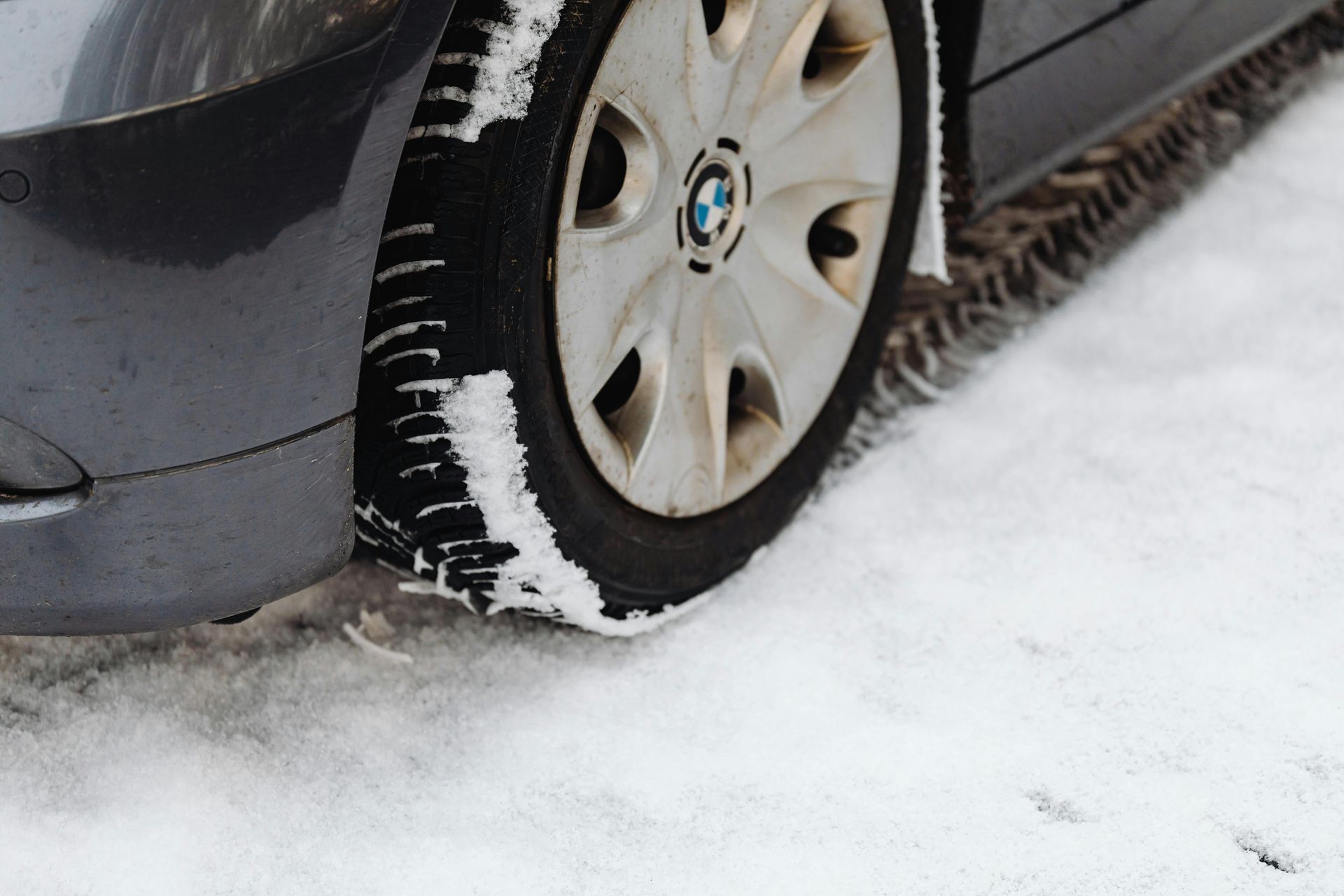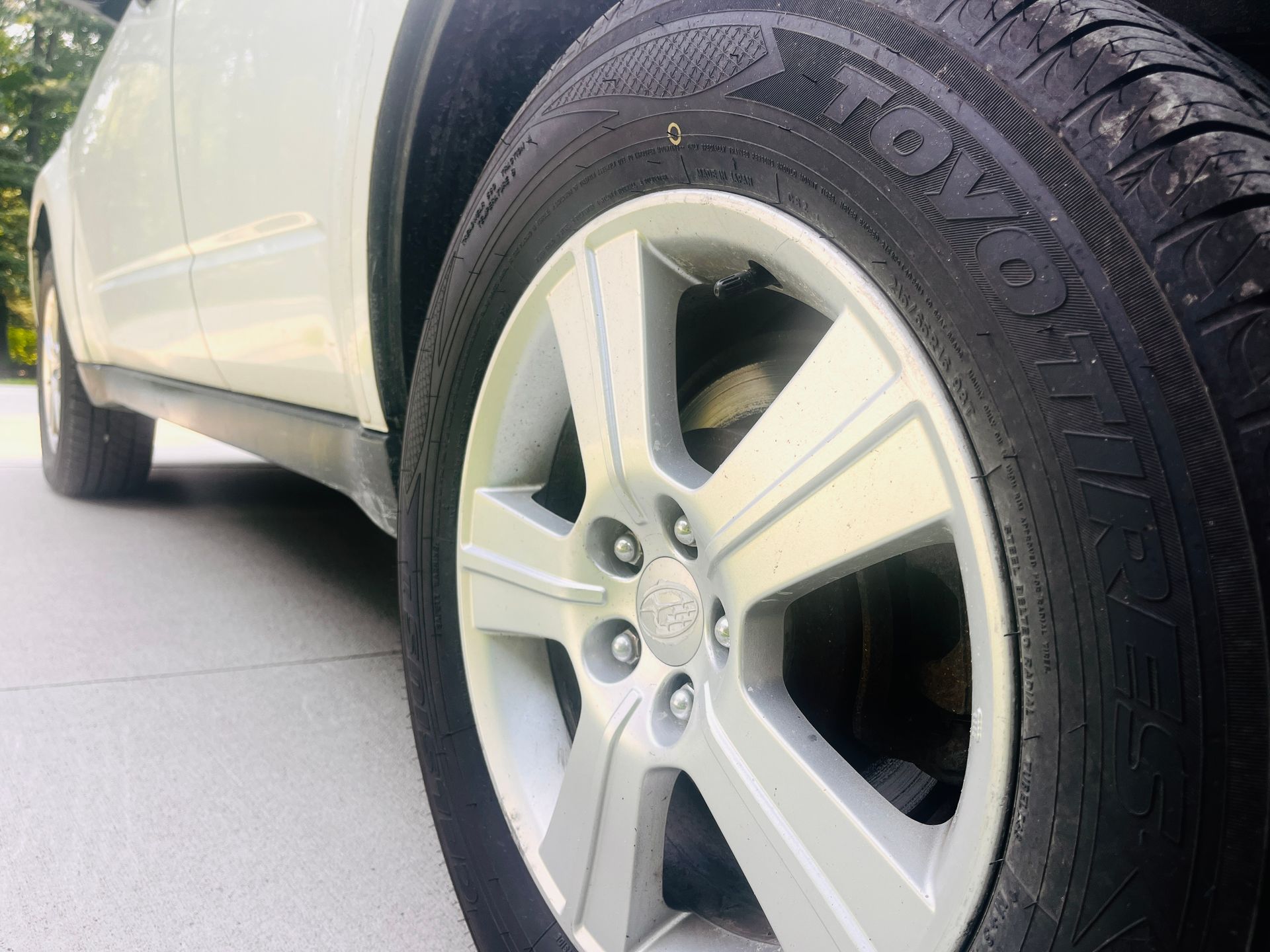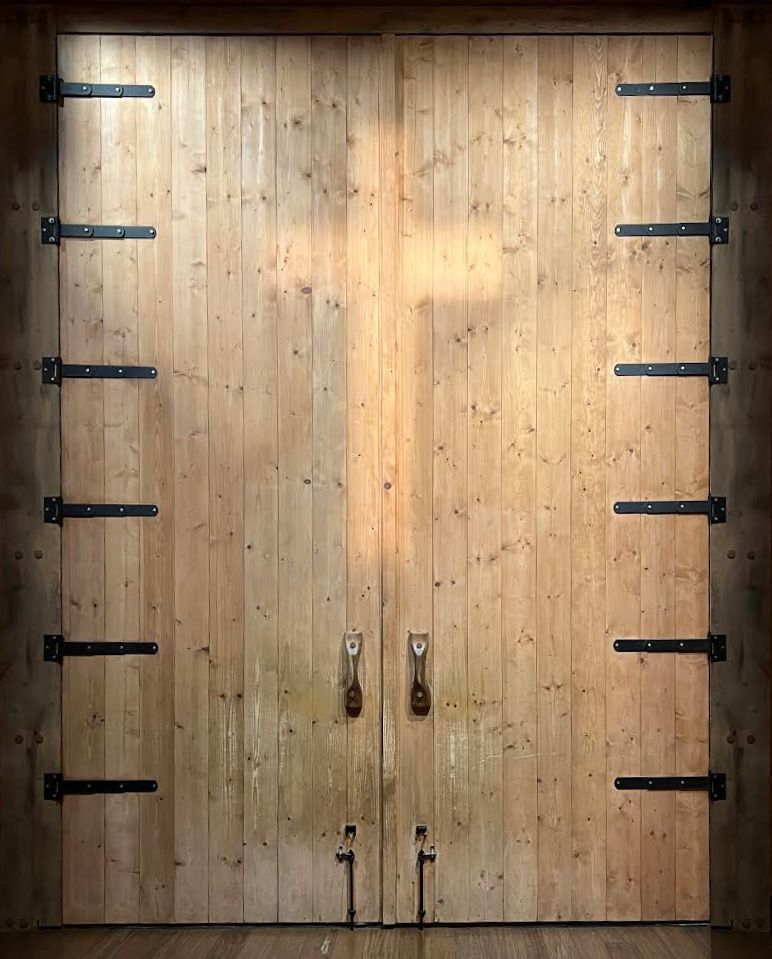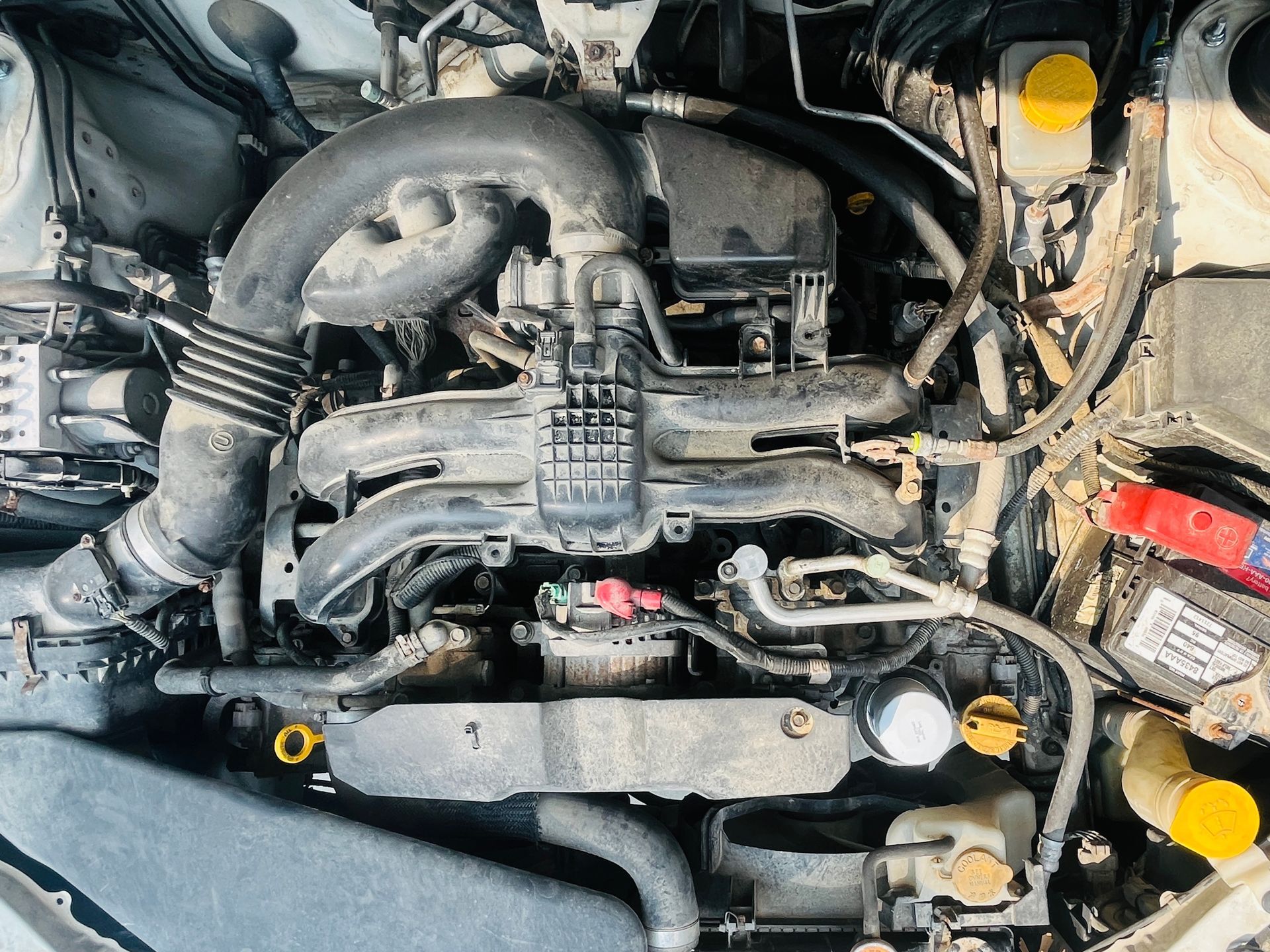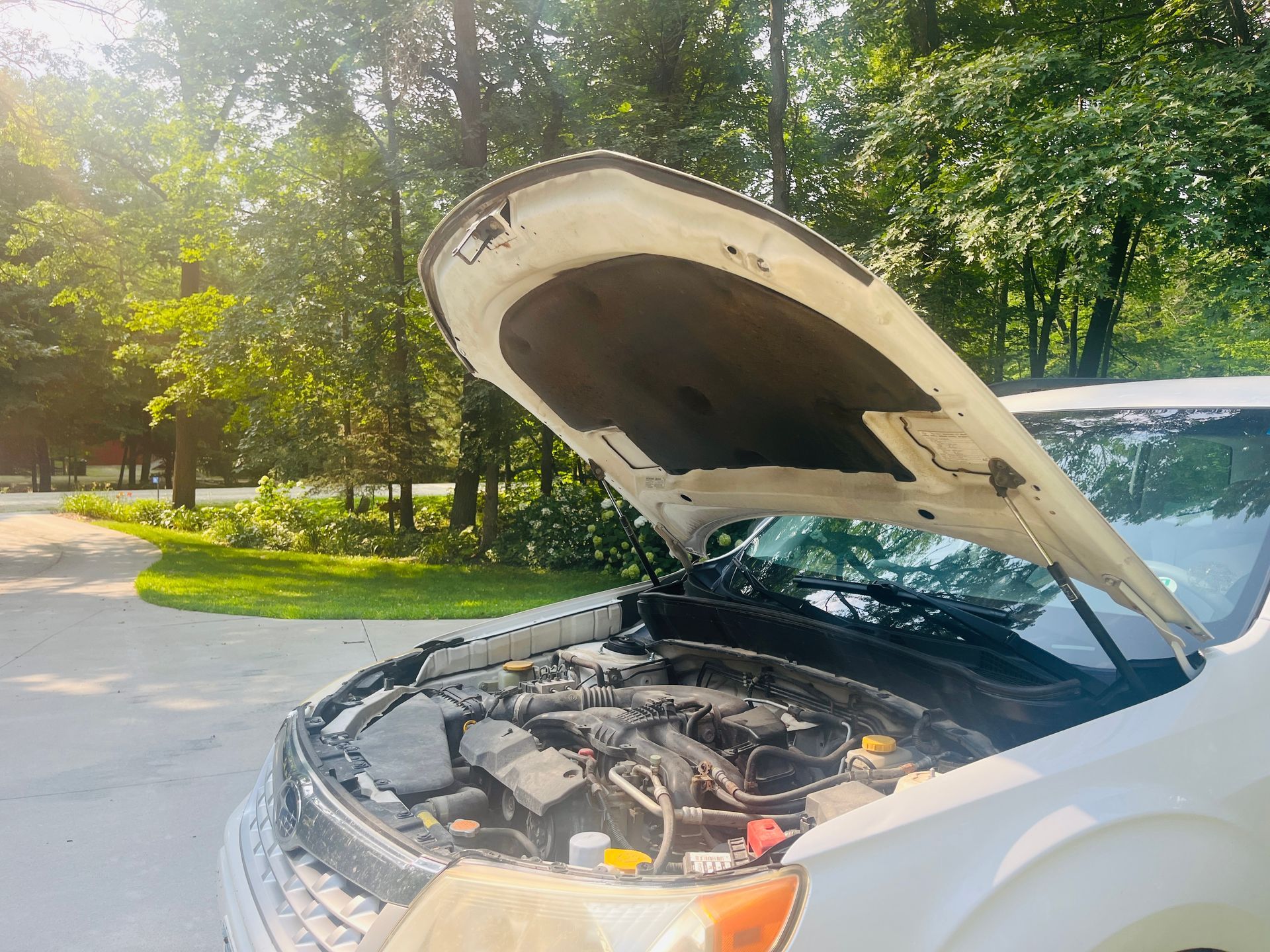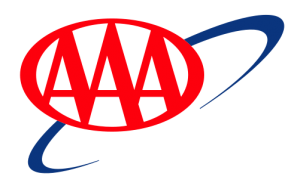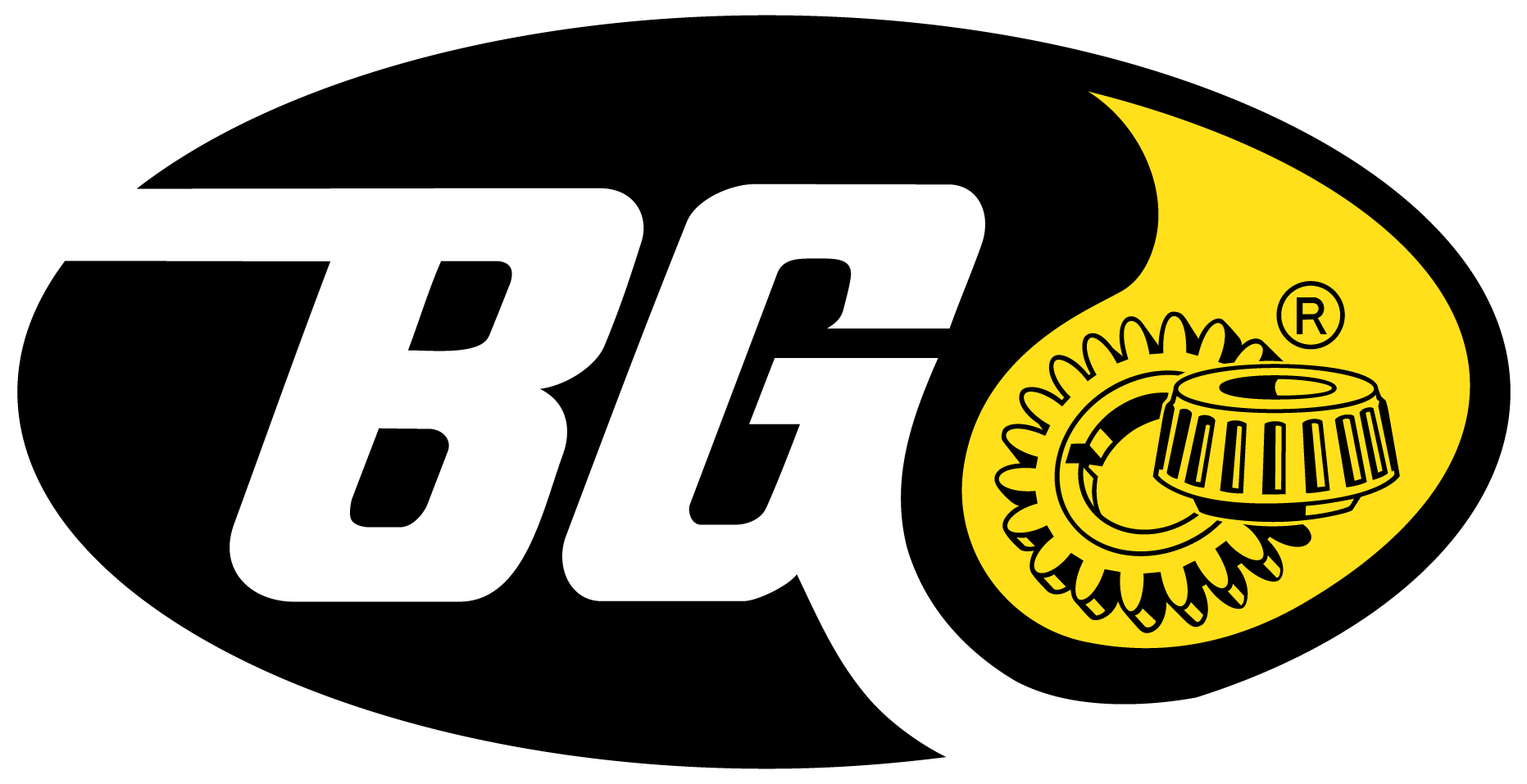Alignment check on your to-do list?
August 1, 2013
Do you fly by the seat of your pants? Or are you a planner and list maker? How far in advance do you plan your vacations? We have been hoping to take a vacation to Wyoming - where my husband's family lives - for quite some time. We haven't been there in three years. But we are determined to visit this summer, especially since Jeremy's amazing Grandma B is approaching her 100th birthday. When talking about our upcoming vacation, my 13-year-old son informed me that visiting grandparents in Wyoming is not a vacation. But since I will be visiting one of my very favorite people (my mother-in-law) and getting away from the responsibilities of home, I'm definitely considering it a vacation.
Of course with any vacation there is the usual list of things to do. And it seems most of us wait until the last minute to squeeze in the important things, like being sure our vehicles are ready. Repairs that take a lot of time should be considered long before a planned trip. But there is something commonly forgotten about that won't take a terribly long time and can keep you safer and less aggravated on the highway. Any guesses as to what I am talking about?
As we were driving last weekend, my husband asked, "Have you noticed your van pulling to the left?" Why yes I had. But I hadn't been bothered enough to do anything about it. However, since he mentioned it, it's amazing how much I think of it now. Ugh. Another thing to add to my to-do list. Certainly most people would put that at the bottom of the list since it's really not that big of a deal, right? Besides a little aggravation, what does a little pull to the left matter? I'm about to tell you what it matters, what it entails and what it might save your pocketbook
Is an alignment check needed?
Does your vehicle pull or drift to one side? Is your steering wheel off-center? Have you ever noticed uneven tire wear? Have you run into potholes, smacked into a curb or experienced any other jolt that may have knocked your vehicle out of alignment? It doesn't even have to be a big shock that you specifically notice it can just be the regular bumps and bangs of daily driving that add up and eventually take your vehicle out of alignment. Also, as your vehicle ages the springs will start to sag (just like our bodies) and this can cause it to become misaligned. So even if you don't remember something happening and it just doesn't feel like you are rolling straight, an alignment check may be in order.
Why not just live with the crooked steering wheel or any other effects of being out of alignment? Well, driving for extended periods that way can cause your tires to wear unevenly or excessively. This means you'll have to replace your tires sooner and it may even cause unsafe driving conditions depending on how far out of alignment it is and for what reason. It may even cause premature wear to your suspension system - a costly side effect of being out of alignment.
Alignment check
There are a few things involved in an alignment check. The order of inspection depends on individual circumstances. But generally speaking, the technician will inspect the steering and suspension parts to see if anything is broken, bent or worn. They will also inspect the condition of your tires. Your vehicle will then be driven onto a large computerized piece of equipment known as an alignment rack. It is here that the technician will measure each wheel's alignment to see where it is relative to factory specifications. If the technician has not previously inspected the steering, suspension and the tires, they will do so while the car is on the alignment rack. If any of these parts are not in good working condition, you will be notified. Sometimes an alignment cannot be completed until any damaged parts are replaced.
What is alignment?
Wheel alignments ensure that all four wheels are consistent with each other and are optimized for maximum contact with the surface of the road. The manufacturer of your vehicle designed it with adjustable settings that will give you the best handling and safety. The front wheel alignment is adjustable on all vehicles and the back wheels are adjustable on some. There are three parts to the adjustment - the toe, camber and caster.
The easiest of these to explain is the toe. If you look down at your own toes and they are pointed either inward or outward, this would be the same as your tires pointing inward or outward. The other two adjustments are more difficult to conceptualize. Both have to do with angular displacement and how far out of spec they are compared to manufacturer specifications. Your technician will use the computer program associated with the alignment rack to align your vehicle within the proper specifications.
Time
The amount of time it takes to align a vehicle can vary depending on the make and possible unforeseen problems. On most vehicles an alignment will take 50 to 60 minutes. Though you may not always need an appointment for this service, it is recommended. Sometimes you will get lucky and the alignment rack and technician will be available on the spur of the moment. Other times it may be tied up for hours. It's best to at least call before you stop by.
Cost
The price of an alignment can vary from shop to shop and may depend on the type of vehicle you own and if it's a two or four wheel alignment. Most auto repair shops charge $70 to $100 for this service. If a shop is significantly less, you may question the age and accuracy of the alignment rack. If coupons are offered, you might find out the typical starting alignment price. If a shop is inclined to always offer coupons, chances are their prices may be higher to begin with.
Whether your are preparing for a vacation this summer or even just driving around town, it's important to keep in mind that maintaining proper wheel alignment is key to preserving tire tread life and in some cases, safety and your pocketbook.

